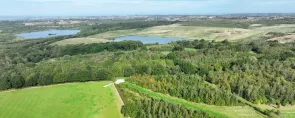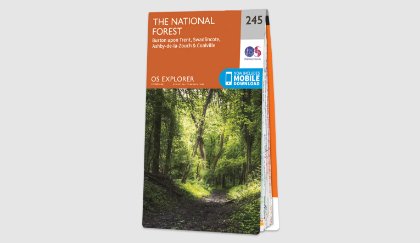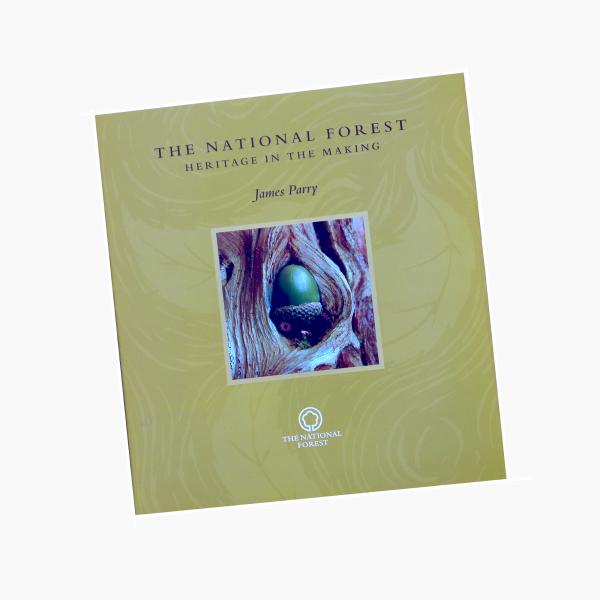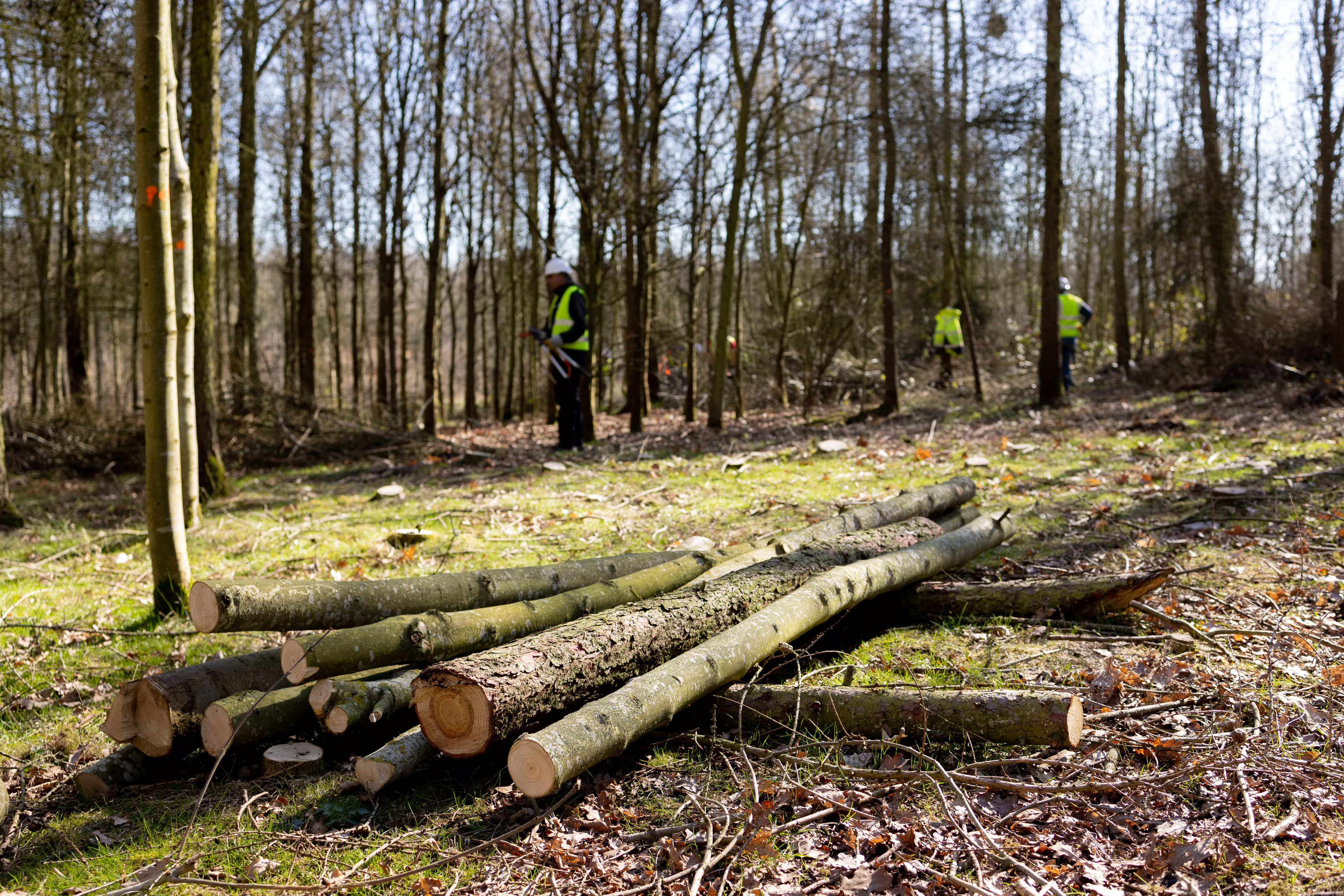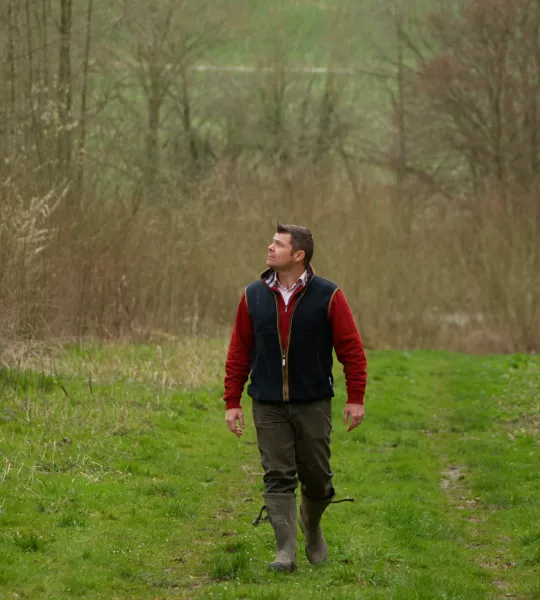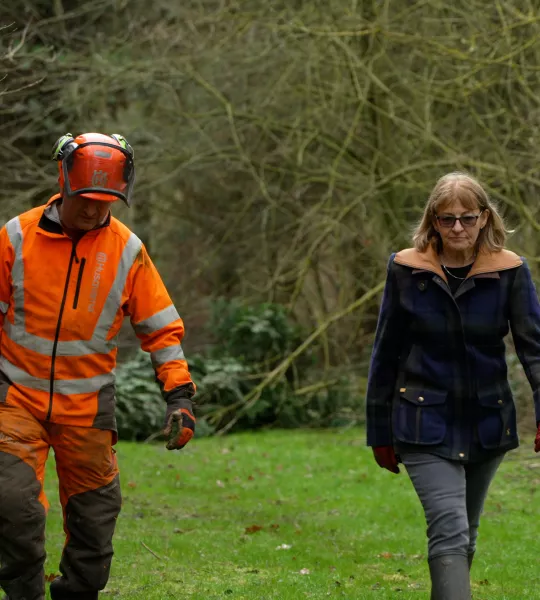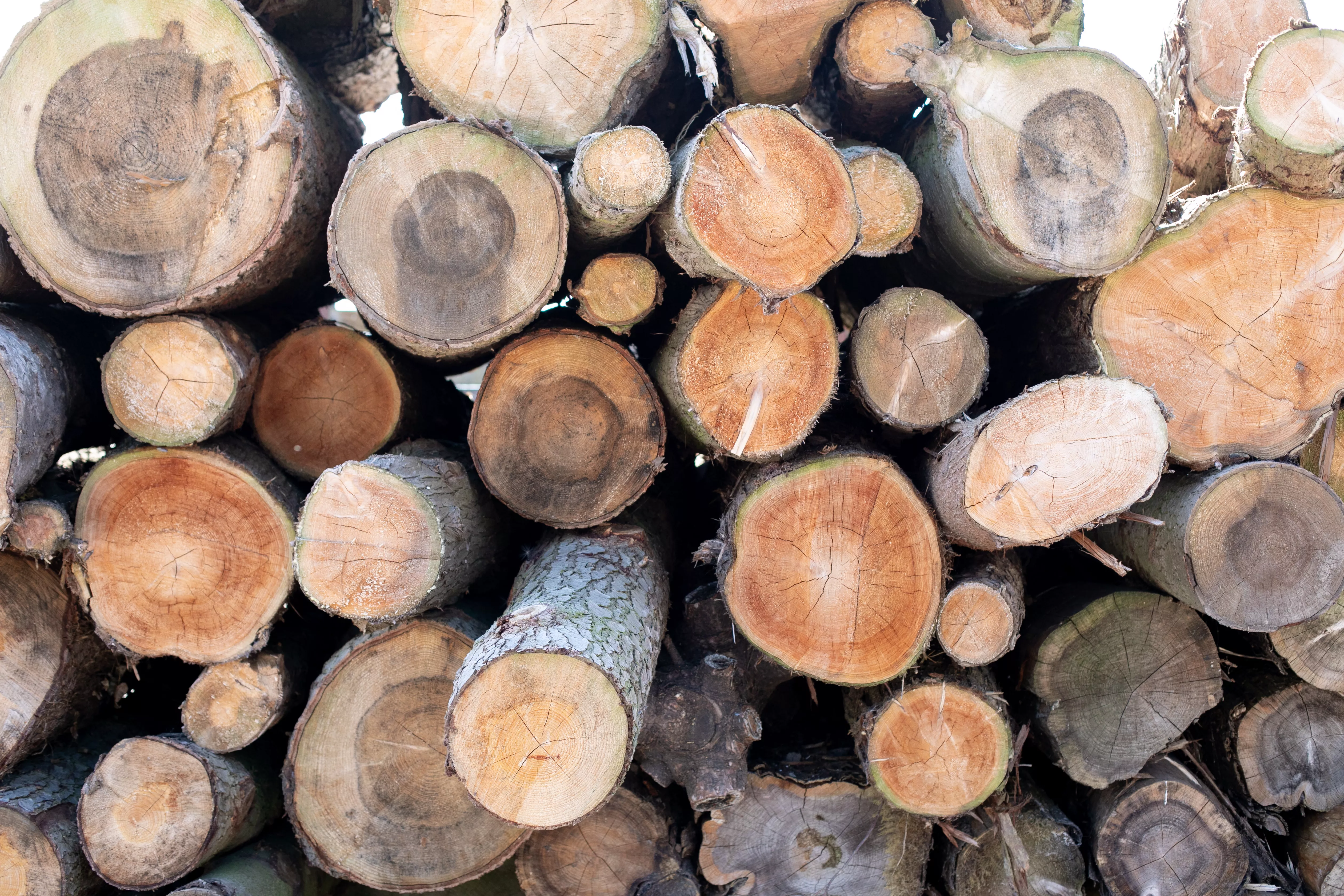Why manage woodlands and habitats?
Managing habitats helps to:
- increase biodiversity by encouraging woodland regeneration, structural and age class diversity and woodland flora to flourish
- reduce the threat and impact of pests and disease
- increase woodland resilience to better withstand extreme weather events, caused by climate change
- improve silvicultural practices to produce long term quality timber, which can increase the overall economic value of your wood
- support the local woodland economy and engage communities and volunteers
Available advice
We offer free and impartial advice on how to manage your woodland and other habitats. We are a friendly and supportive team with expert advisors that can provide personal support and flexibility to adapt to your business or community need.
Apply for funding
Flexible to individual site needs and management objectives, our grant schemes are straightforward and can fund a wide range of management activity that will benefit woodland and farmland habitats in the National Forest.
Activities we fund include:
- production of woodland management plans and ecological surveys
- silvicultural interventions such as pruning, coppicing and the thinning and creation of new woodland rides and glades
- management of other forest habitats including ponds, meadows and hedgerows
- grey squirrel and deer control including impact assessments, and management infrastructure
- thinning to mitigate the effects of ash dieback and other diseases to transform stand species diversity
- skills training that directly supports woodland management work
We will find the right grant for you.







